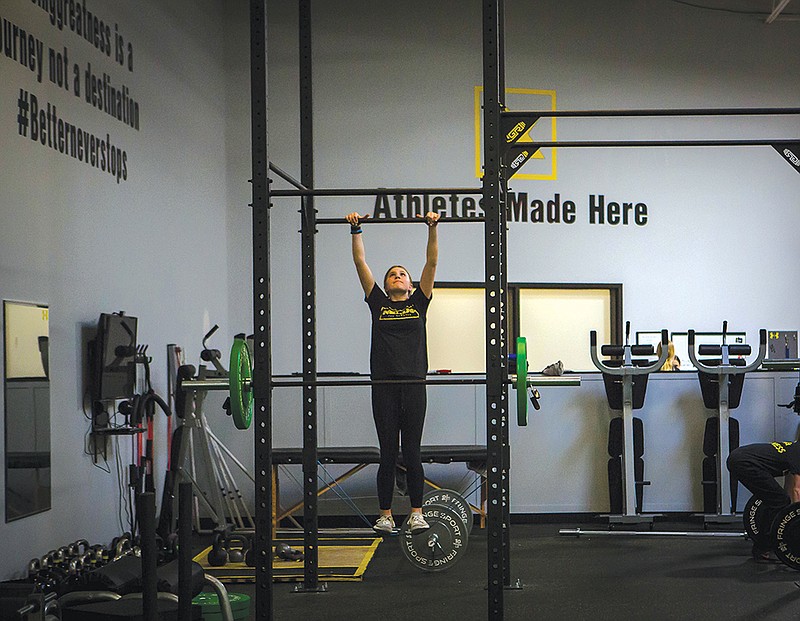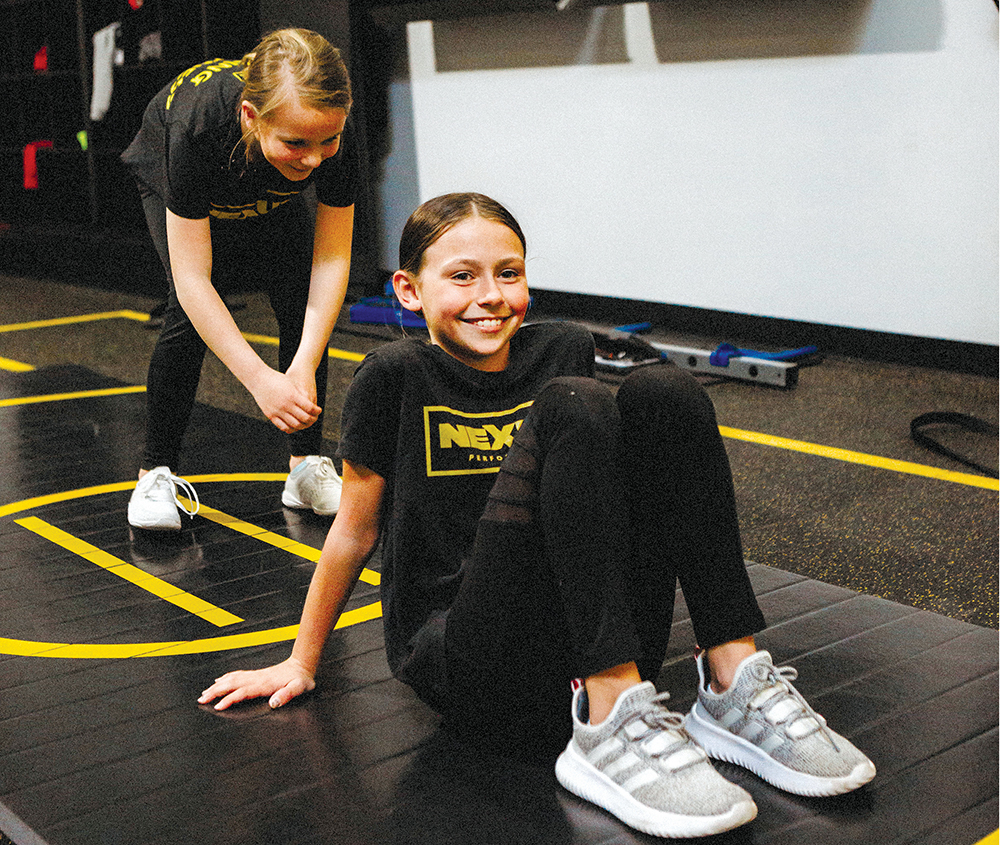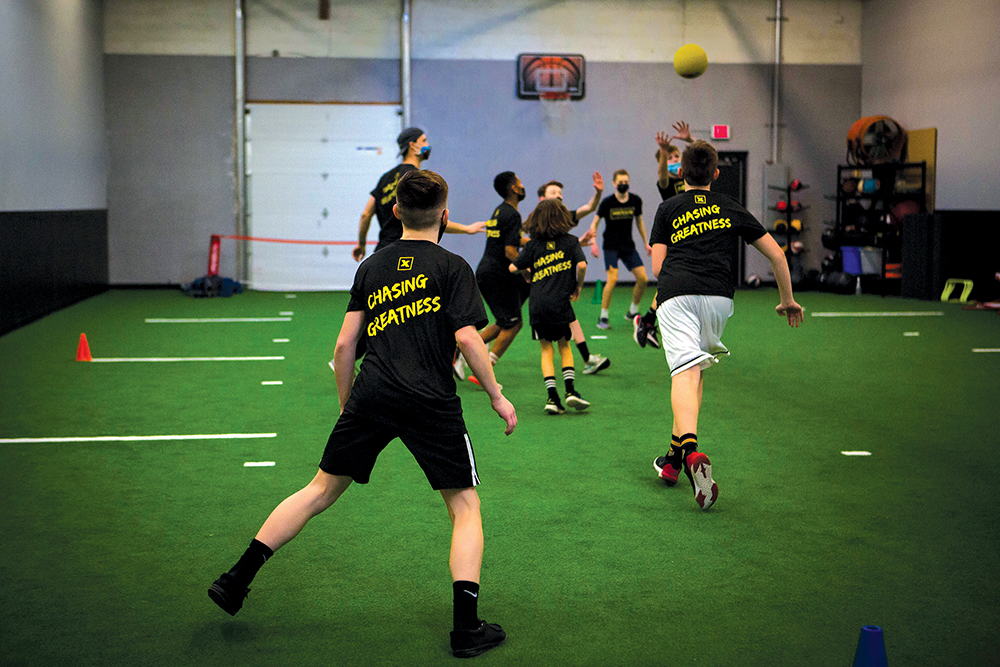Scott Stafford grew up playing rugby in New Zealand. He aspired to play professionally, and he remembers the anxiety he felt at the end of each season.
"There's so much pressure -- if your kid is not playing their sport 365 days a year, they can forget about a college scholarship," says Stafford, owner and founder of Chattanooga's Black Fern Fitness and Speed Made Simple, on a mission to promote multi-sport training in young athletes.
Children today, he says, are specializing in single sports at younger ages, and that can lead to a host of problems -- anxiety, for example, as well as overuse injuries.
According to Nationwide Children's Hospital website, sports injuries have become the second leading cause of emergency room visits for children as their competitive careers begin at younger ages.
Professional baseball players have spent years building up to their number of throws each week, Stafford explains, "but [children] are not ready for that sort of impact on their joints."
His interest in youth training began with his own children. His 15-year-old son is a soccer player, while his 12-year-old daughter loves volleyball. When he began looking around for training options, he was disturbed by the trend of training children like "little adults" -- often perpetuated by social media.
For instance, Stafford says he often sees videos posted by trainers or athletes encouraging high-level exercises, such as single-legged squats on a BOSU ball or 40-inch box jumps.
"Kids will obviously be impressed with that, and parents don't know what they don't know," Stafford says. "They may look at that and think that their kid's [lack of] training is what's holding them back; that's why they're not making the basketball team."
The key to a healthy, well-rounded young athlete is variety, Stafford says. It helps to introduce children as early as possible to many different sports, though that doesn't guarantee they'll want to play more than one.
His children, for example, are passionate about their respective sports: soccer and volleyball.
"Soccer can be an overload on the hips, and volleyball can be on the shoulders," Stafford says.
The trick is to encourage a variety of movements – swimming, walking or riding bicycles, for example. As a trainer, he promotes age-appropriate activities. Strength training for children 10 and under should not include weightlifting, he says – rather, it should resemble a game, like an obstacle course.
"Multi-sport athletes get a variety of different stimuli," Stafford says. "You have to meet children where they're at. The idea behind my type of training is to keep them healthy and give them well-rounded exposure to being athletic."
Learn more at speedmadesimple.fit.


